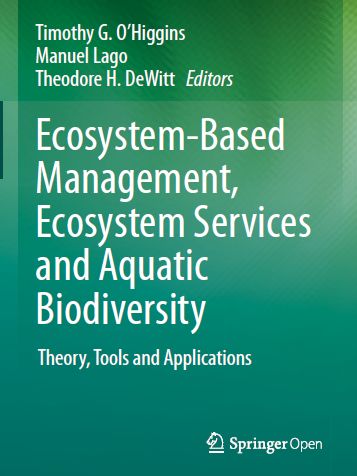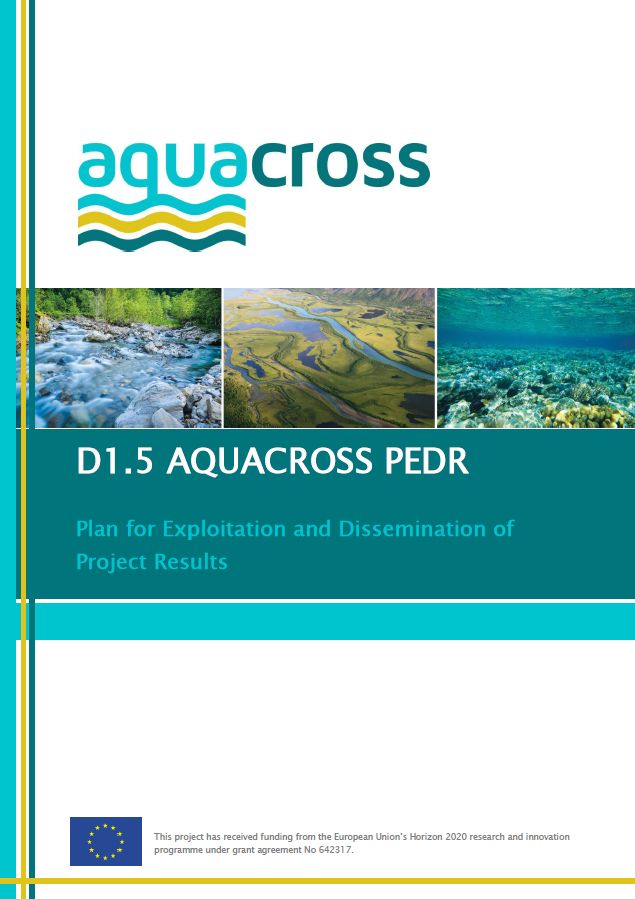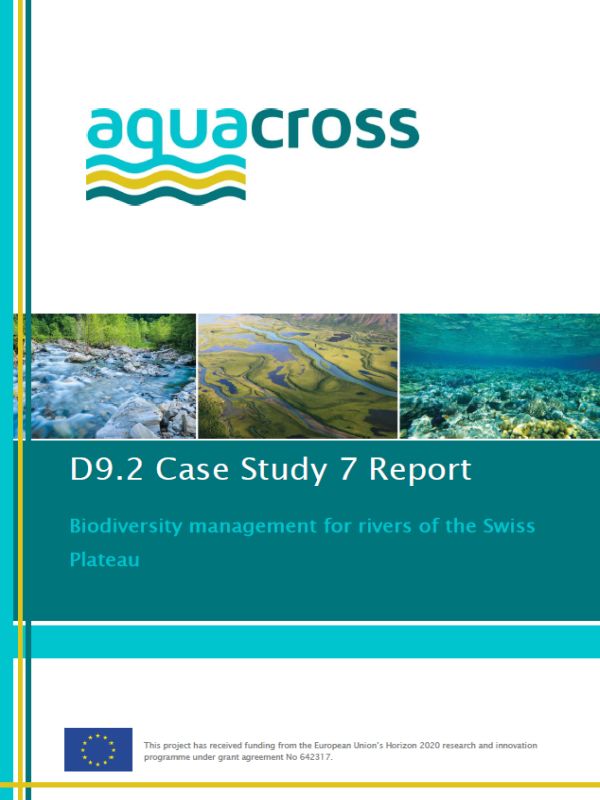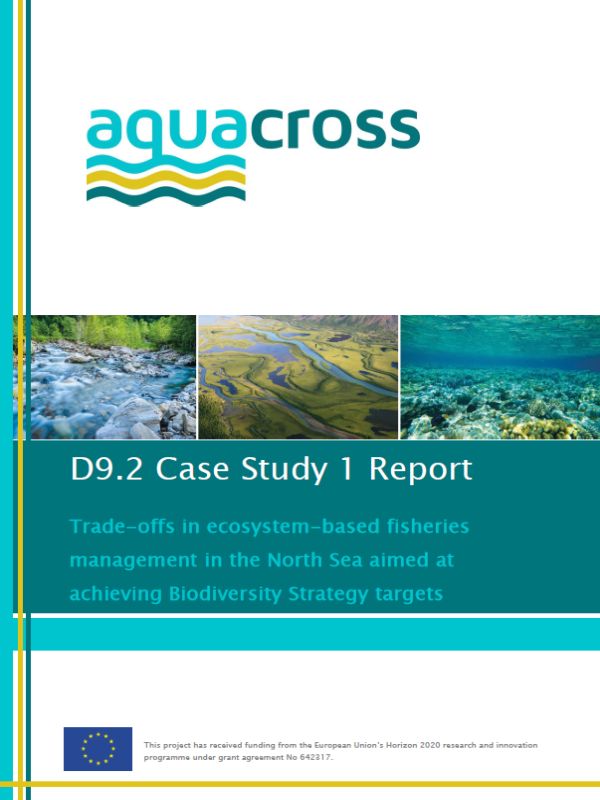The AQUACROSS Innovative Concept
Deliverable 3.1
- Publication
- Citation
Gómez et al. (2016) The AQUACROSS Innovative Concept. Deliverable 3.1, European Union's Horizon 2020 Framework Programme for Research and Innovation grant agreement No. 642317.
Gómez et al. (2016) The AQUACROSS Innovative Concept. Deliverable 3.1, European Union's Horizon 2020 Framework Programme for Research and Innovation grant agreement No. 642317.
Contact
- Language
-
English
- Authorship
-
Carlos M. Gómez (Universidad de Alcalá and IMDEA)Gonzalo Delacámara (IMDEA)Juan Arévalo-Torres (IOC - UNESCO)Ana Luisa Barbosa (IOC - UNESCO)Fiona Culhane (ULIV)Michiel Daam (UAVR)Marie-Pierre Gosselin (FVB. IGB)Thomas Hein (BOKU)Alejandro Iglesias-Campos (IOC - UNESCO)Sonja Jähnig (FVB. IGB)Simone Langhans (FVB. IGB)Javier Martínez-López (BC3)António Nogueira (UAVR)Ana Lillebø (UAVR)Tim O’Higgins (UCC)GerJan Piet (IMARES)Florian Pletterbauer (BOKU)Martin Pusch (FVB. IGB)Peter Reichert (EAWAG)Leonie Robinson (ULIV)Maja Schlüter (SRC)
- Funding
-
European Commission, Directorate-General Research & Innovation (DG Research & Innovation), International - Year
- Dimension
- 87 pp.
- Project
- Project ID
- Table of contents
-
Click to show full table of contents
About AQUACROSS
1 Background
1.1 EBM definitions and policy application
1.2 Expanding knowledge in the practical application of EBM approaches for the achievement of biodiversity targets in aquatic ecosystems
1.3 Objectives of this Deliverable
2 The AQUACROSS Concept
2.1 Complex adaptive systems
2.1.1 Interlinkages between ecological and socio-economic systems (and the cost of overlooking them)
2.1.2 Policy implications of complex adaptive social-ecological systems
2.2 Resilience as a management criterion to build sustainability
2.3 Ecosystem-based Management
3 AQUACROSS Architecture: Information, Models & Tools
3.1 Choosing the right foundations
3.2 The AQUACROSS Architecture I: setting the structural components
3.2.1 The supply-side relationship (from ecosystems to human welfare)
3.2.2 The demand-side relationship (from social systems to ecosystem condition)
3.2.3 Linking the demand and supply side analysis of ecosystem services
3.3 The AQUACROSS architecture II: Heuristics
3.3.1 A closer look to the information layers and flows within the AQUACROSS architecture
3.3.2 The analytical models: how does one thing lead to another within the AQUACROSS architecture?
4 Conclusions and road ahead
References
5 Annex 1 – Glossary (abridged version)
6 Annex 2 – Models and tools - Keywords
-
freshwater, coastal, marine, ecosystems, resilience, EU 2020 Biodiversity Strategy, nature conservation aquatic biodiversity, ecosystem-based managementEurope











